Red meat is not bad for you. It’s one of the most nutritious things you can consume, especially when it’s from animals that were loved and cared for the right way.
Yet, one problem I see that so many of us eat the same old cuts. But, once upon a time, it wasn’t always like this. We used to eat nose to tail and this meant not just eating the sirloins and ribeyes of the world, but breaking down shank, having liver and enjoying oxtail.
So today, I thought it would only be apt for me to share one of my favorite red meat techniques, and that’s how you can cook ribs. Some people find ribs intimidating, thinking they need a big outdoor grill, or that they don’t know how to prepare it well. Sure, it might take a bit more preparation than a steak, but you can absolutely do it in the comfort of your own kitchen and most of the time spent is hands-off (just let the oven work). Here’s how you can work with ribs easily.
With any kind of ribs, you have two options. You either cook the entire thing on its own as a rack, or to cut and sear them as individual ribs. I wouldn’t say one method is superior to the other, but there’s a subtle difference in taste and texture. I find that cooking the rack as a whole makes for a juicier piece of meat. When you cook the ribs separately though, you can develop a really nice crust on it, especially if you sear it well. With either method, one thing you don't want to do is to drown the meat in sauce. My advice is to always keep things simple so that you can appreciate the taste of the meat itself.
When you’re preparing ribs, you want to remove the fat cap and the silverskin membrane on the back. There’s nothing wrong with cooking the fat cap, but we usually remove it because it slows down the cooking time considerably and makes everything too greasy — there's already enough fat without it.
Once you’re done trimming the fat, flip it over on the back side and you'll see the ribs exposed. You'll notice a thin layer of membrane that's attached to all the bones. You want to remove this as it's chewy and not nice to consume. When I first started cooking lamb, it took ages for me to remove the membrane. I would use my fingers, get really messy and end up almost pinching it all off portion by portion. This is not a very smart way to do things. What you want to do instead, is use the bones as reference. Use the blunt edge of a boning or utility knife and slowly dig and score along the bones, from the bottom upwards. These incisions will make it easier for you to peel entire portion and pull with your hands. You could also make criss-cross incisions in the areas of meat in between the bones, just make sure to not go too deep and damage the meat.
Usually the rack should already come Frenched (that’s the exposed bone at the bottom). If it isn’t, you should French it by removing membrane on the bottom with a utility knife. It doesn’t have to be perfect, just as much as you can. Too much membrane makes it extremely chewy and clouds the dining experience.
After preparing the rack, you can marinade it if you’d like and let it rest in the refrigerator. Or you can just apply some salt and pepper and start the cooking process.
1. Cooking Ribs Whole
When you're cooking the rack whole, you have two options. You can either let it go low and slow in the oven, or do a quick sear with a short roast. Going low and slow gives time for the flavors to break down and for all the essential vitamins and minerals to be released.
Trim off some fat to let render on the cast iron as it comes to temperature, which is a medium-high.
Once you’ve seared it, transfer it to a baking tray lined with parchment and add the herbs and spice.
You can use fresh sprigs of thyme, garlic, onion and freshly cracked pepper. An entire bulb of garlic is great (you get roast garlic), but crushed cloves work fine as well.
Bake in the 2nd tray from the top for 15-20 minutes at 200ºC or 400ºF in a preheated oven. Cover in foil after it's done cooking to let it finish, and you'll get a beautiful medium-rare. Adjust the timing accordingly for your favored doneness and remember that it may change depending on your oven and the proportions of the rack you’re using.
Note: This technique works best for something like a beef short rib. Make sure you render the fat side of the ribs down and to finish in the oven. I say this because the meat is only on one side. You can technically use a pan all the way but an oven would be preferable.
2. Cooking Individual Ribs
This is an easier process that transforms a rack of lamb into a technique very similar to cooking steak. It’s best for scenarios where you don’t want to cook the whole rack, or you just don't have time.
After preparation (removing the membrane), you can carve out individual ribs and freeze the rest that you’re not going to use.
To carve, it’s easier to start from where the exposed bones are. Use a sharp knife and cut from in between every frenched bone.
Once you have the individual ribs, season them liberally with anything you’d like. Again, you can soak marinade before the cooking process.
I would then sear and cook as I would any ordinary steak. Ensure it makes good contact with the pan.
Let it sit on the first side for as long as possible to develop a crust like this. You want 2/3 of the cooking process to be spent on one side of the rib. Since most of them aren’t really thick you don’t have as much time here before the insides become overcooked. With lamb, I always aim for pink in the middle.
Place the bigger pieces towards the center and the smaller ones on the edges. It’s also usually cue to flip once you see “blood” seeping leaking from the top. It’s not blood, but just hemoglobin that’s being released from the meat. And that’s about it! Also feel free to baste when you’ve flipped just as you would any steak.
This technique was a short excerpt from Optimal Fuel. It’s a cookbook and a guide on nutrition all in one, giving you the information you need to discern healthy from unhealthy in today’s world, along with techniques and recipes to cook healthy food that actually tastes good. Get your copy today.
You can just do things
Yes, you can simply pour Italian coffee into a martini glass full of vanilla bean ice cream, dark chocolate, biscotti and call that an affogato of the gods. Nobody will stop you.
The healthiest foods
The healthiest foods on the planet.
What’s your favorite Le Creuset colors?
Le Creuset just unveiled their new 2025 colors. What’s your favorite one?
Create your own world
2025 is the year of creation. Bring your ideas to life. Work on things you’re interested in. There’s no greater feeling.
❋ PEACHES AND HAY MINI CHEESECAKES WITH HONEY
There is tons of flavor packed into these pretty little desserts, from cream infused with fresh hay to roasted peach puree to an infusion of wildflowers and honey. Their appearance is gorgeous, too - like fresh honeycomb dripping with honey! They do take some time to make, so plan for about three days: the first to infuse the cream, the second to make the cheesecakes, and the third to make the topping and serve.
This recipe makes 8 (4”) cheesecakes
❋ MANGO AND CARDAMOM CREME BRÛLÈES
Vivek Singh’s mango and cardamom crème brûlées are a delicious fusion of East meets West and the perfect dessert to end any meal on a high!
❋ Read our latest WARKITCHEN magazines:
❋ Get your copy of Optimal Fuel: Your Nutrition Playbook here. It's a cookbook and nutrition guide — all in one. All proceeds goes towards an outrageous amount of hearty ribeyes and raw honey!
❋ If you’d like to contribute an article or sponsor a future issue, please send us your pitch to rocky@warkitchen.net.
❋ We release a digital magazine issue every month. Explore the full archive here.
❋ Adding us (rocky@warkitchen.net) to your contacts, or moving us to primary will make sure you continue receiving these emails. Connect with us on all our socials.




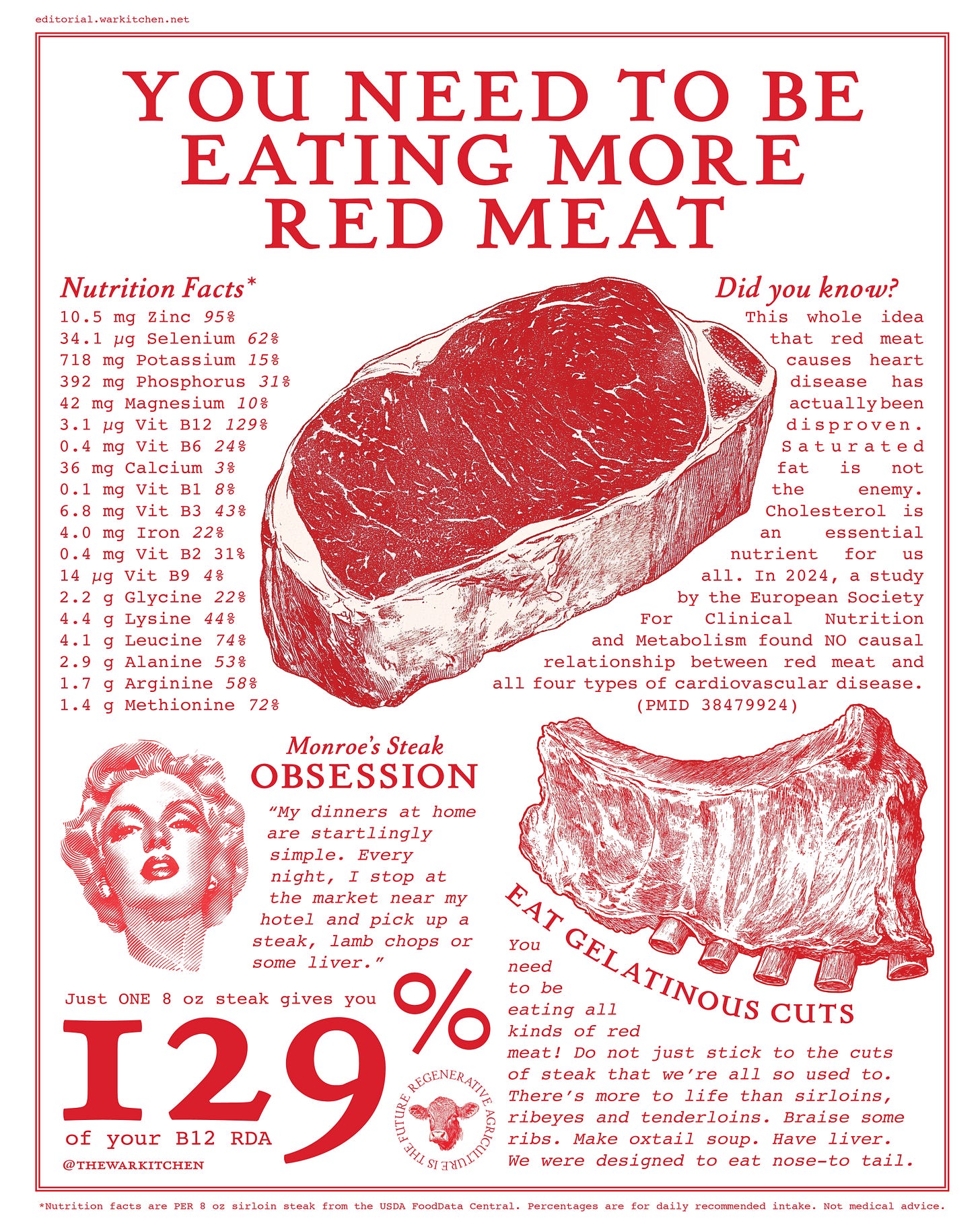



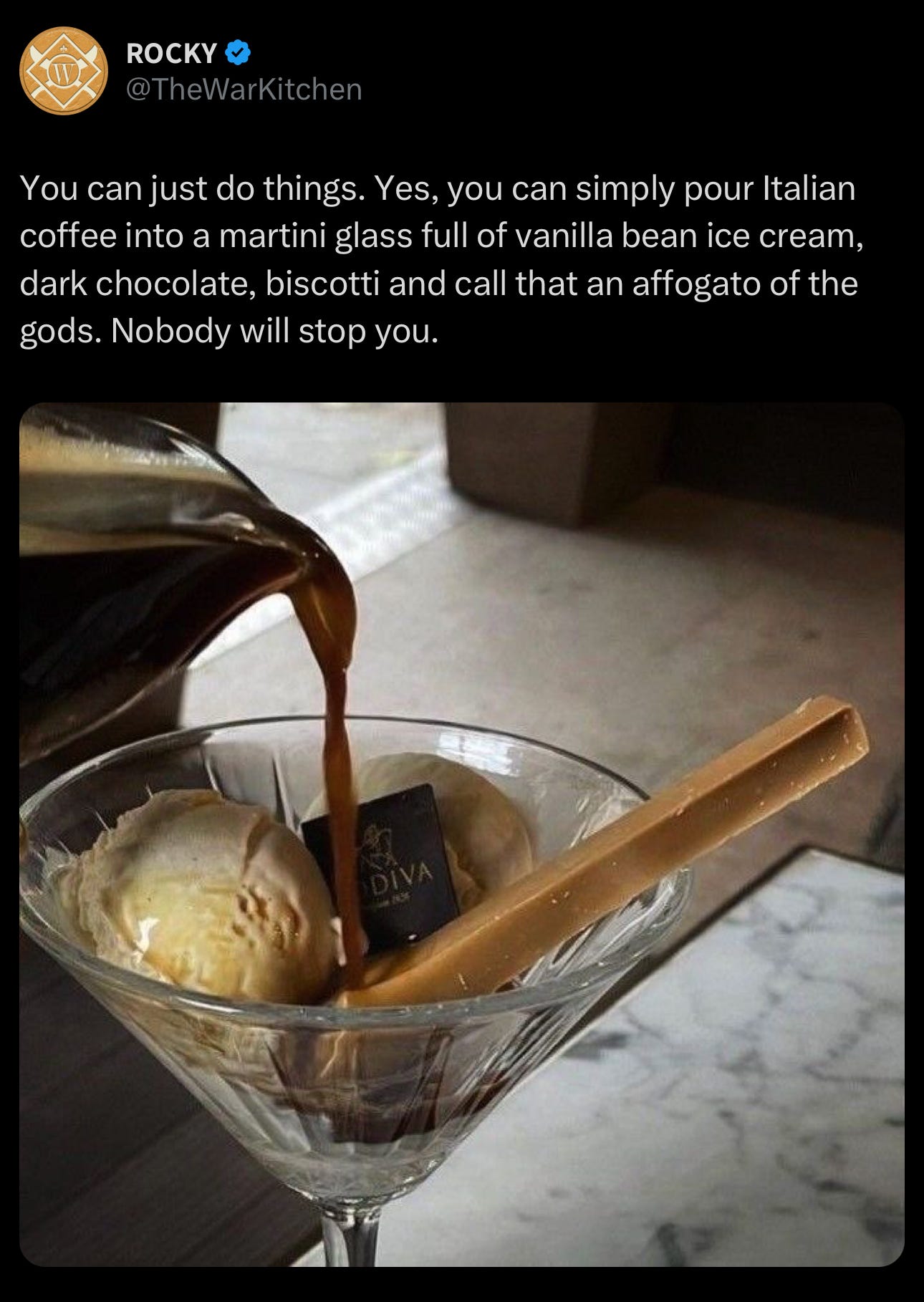
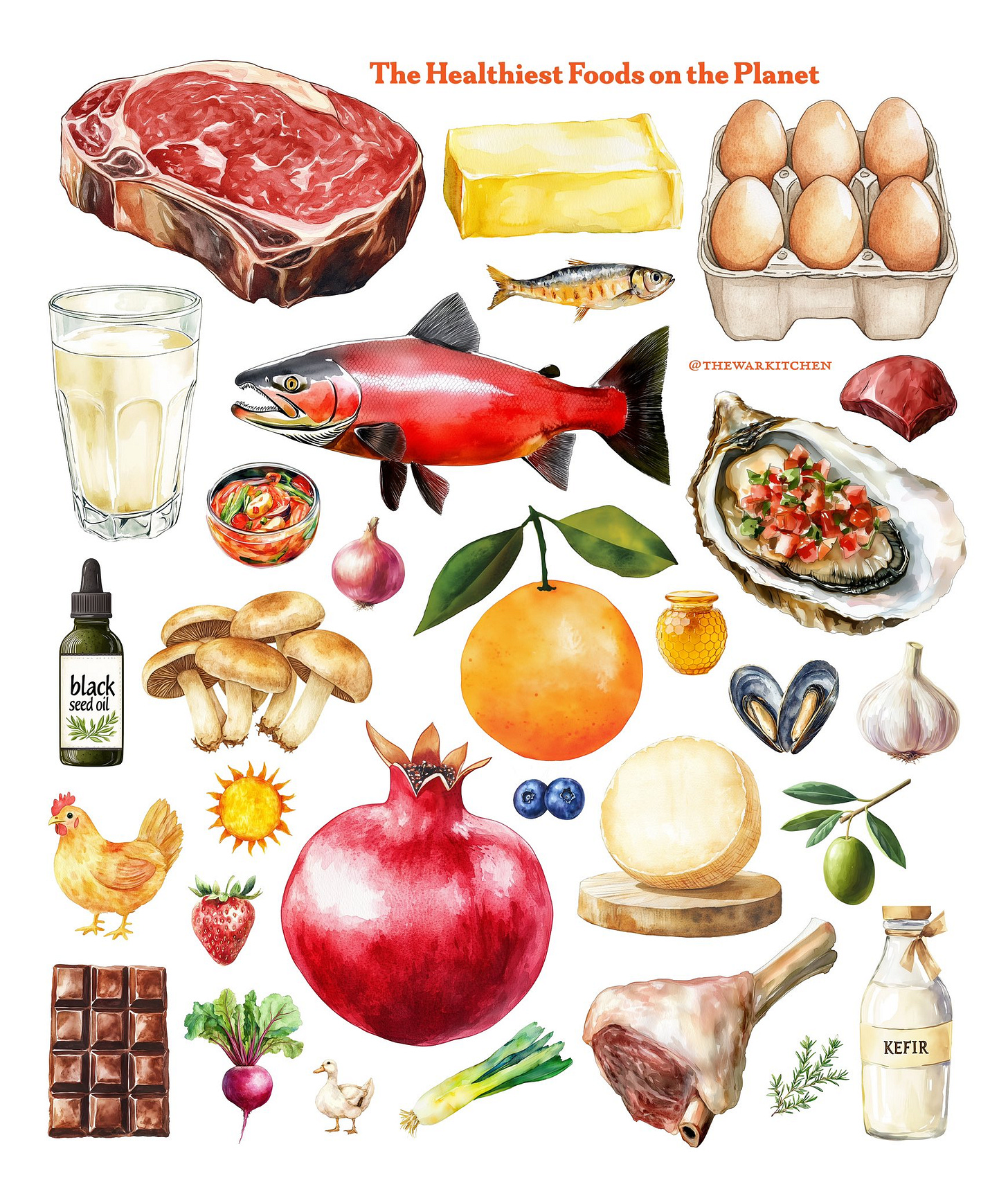
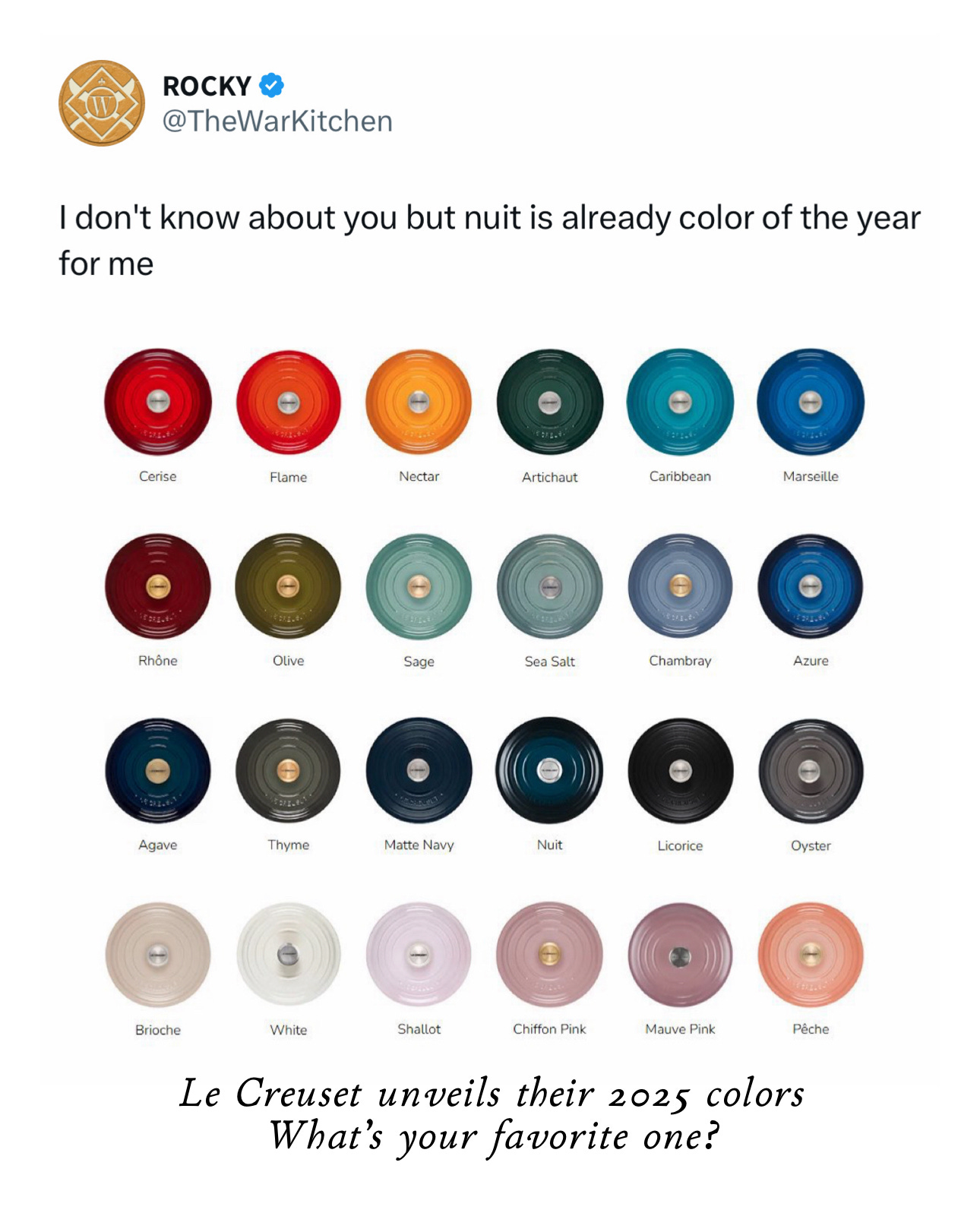
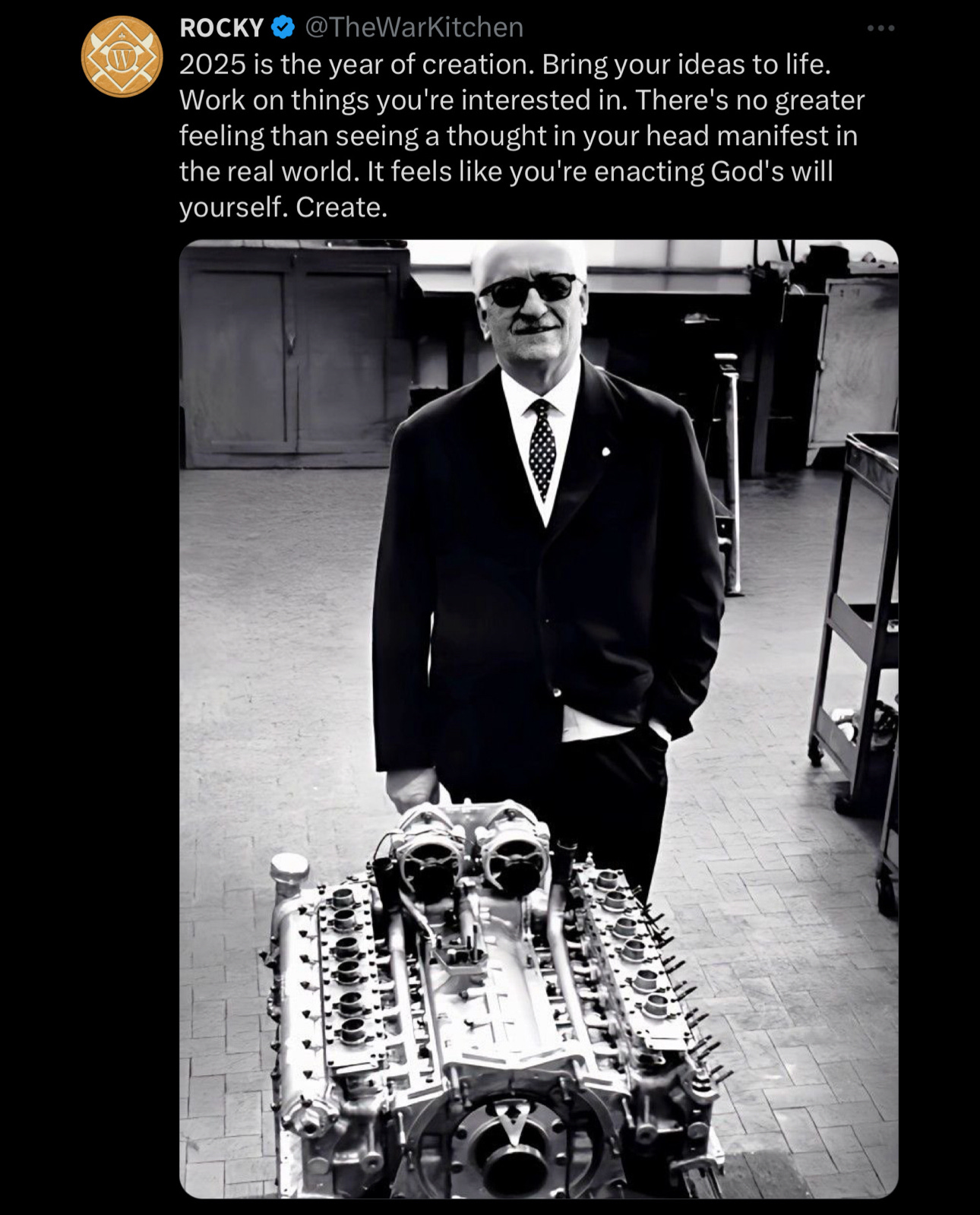

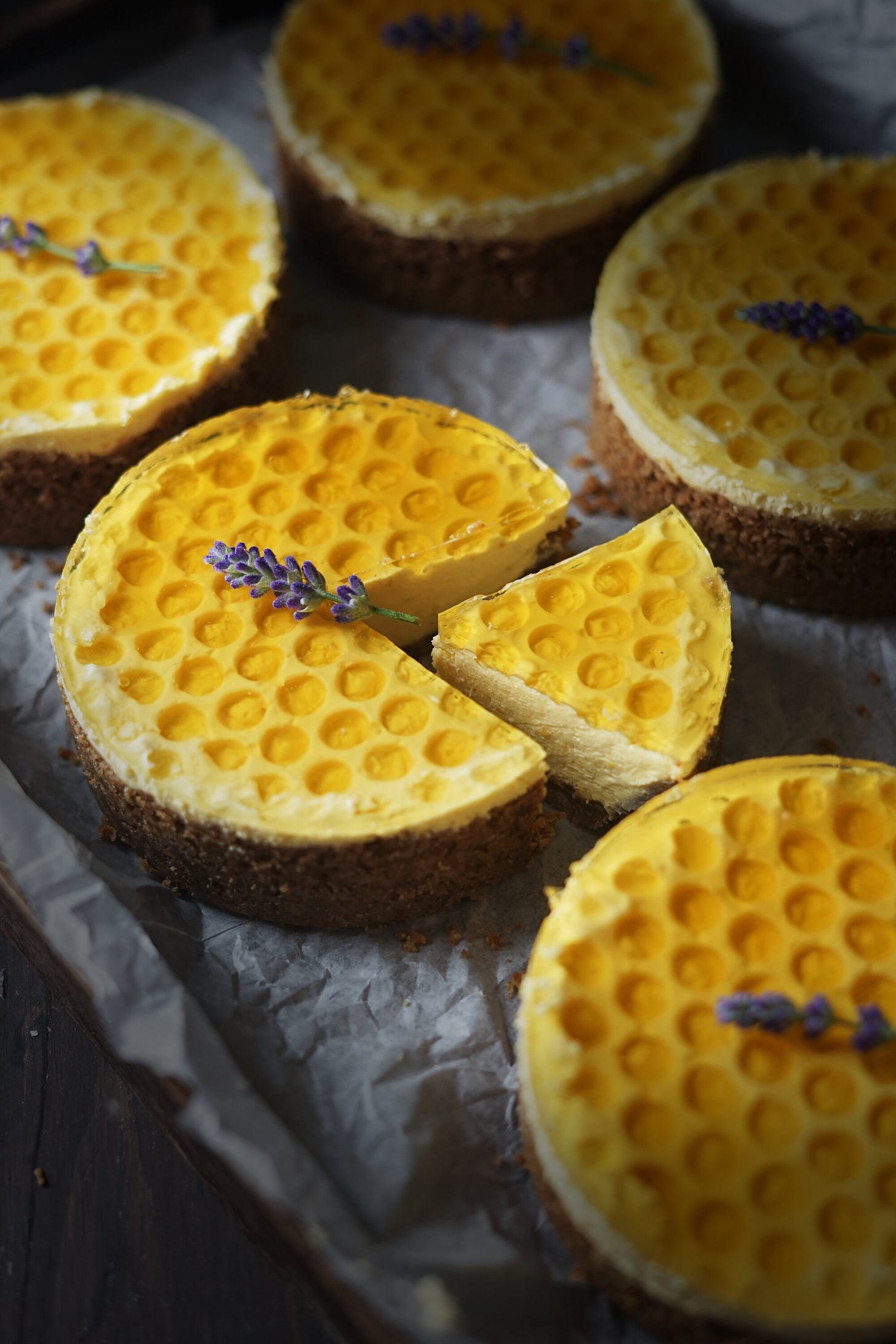

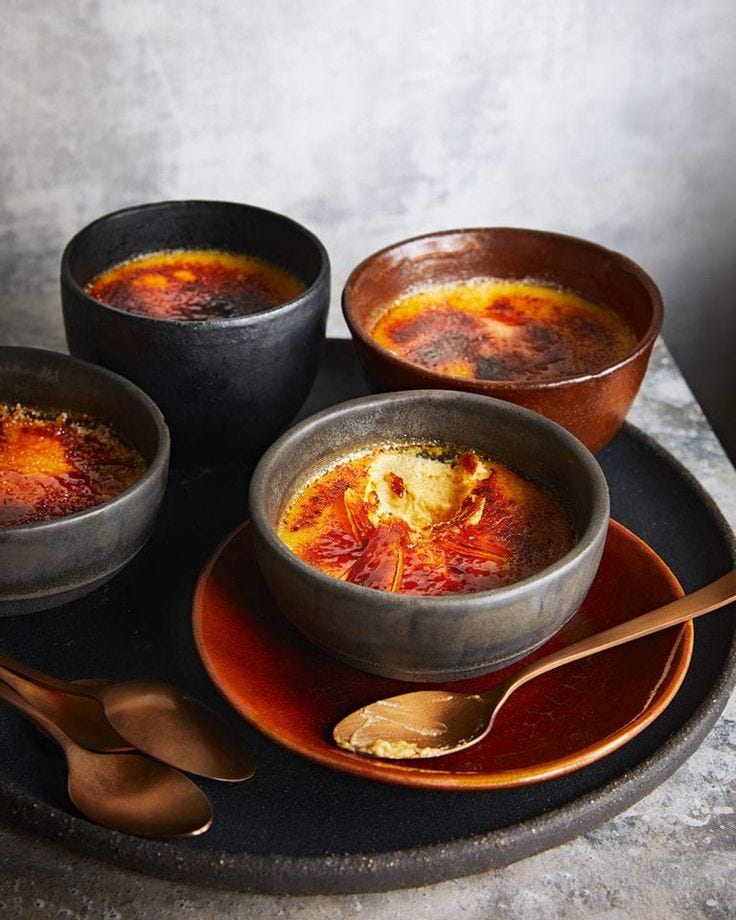




Couldn’t agree more, Rocky! We need to be eating more cuts of more animals. Cows and pigs and chickens and deer and goats and all manner of marine life. Steaks and roasts, shanks and tails, ribs and necks.
Only thing I’d add to your ribs is that if you’re cooking for an extended period of time — and especially if you’re braising them — you can leave the silver skin. It’s a great connective tissue and while it doesn’t break down quickly, after a few hours of low heat, it will help transform your liquid into a collagen rich broth.
And if you’re cooking your ribs fast (or just prefer to trim for whatever reason), save the silver skin and throw it in the stockpot!
Steak is KING 💪🏼